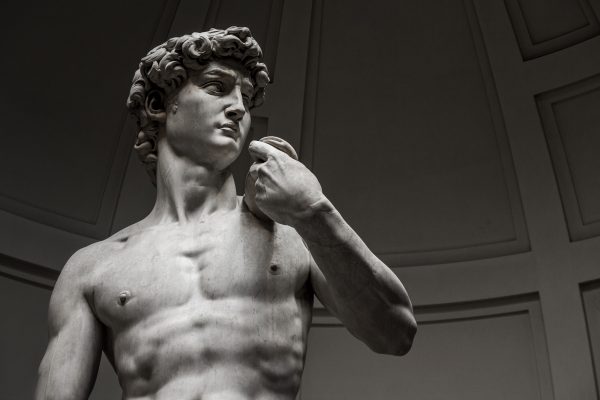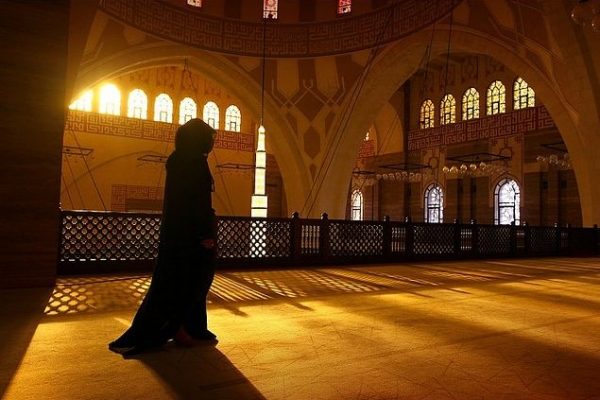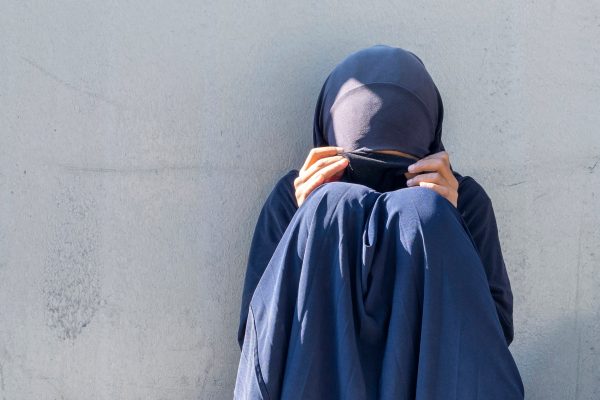To dress oneself is as natural as getting up in the morning. It’s something we all do. Consciously or subconsciously. Ever found yourself combing your hair with your hand before an important meeting? Maybe checking your nails a hundred times? Looking good is one of the most natural instincts in human beings. Everyone has the basic need to clean up and wear nice clothes. However, the question arises, what does it mean to “look good”? Does it mean to be presentable or attractive? Are you dressing to catch the attention of others or are you dressing to be modest? We will take a closer look by dissecting our questions to get a better understanding of the topic.
Social status
According to Islam, the thing that should drive our look is our social status. We are supposed to dress in a manner that fits our standing in the society. Anything more than that is extravagance. Anything less is stinginess. Both of which are unacceptable behaviours according to Islam.
Purpose
Let’s begin by looking at the lifestyle of our first Imam, Ali ibn Abi Talib. He lived a simple life, had a simple diet accompanied with a humble attire. Upon questioning, he replied it was essential for him to dress as one of the lowest ranks in society as at the time of our first Imam, poverty was on a large scale. However, this was not the case during the time of our fifth Imam, Mohammed Al Baqir. His response to the same question was that during his time poverty was no longer an issue and that he was dressing up for his newly wedded wife. This signifies that our clothing has a purpose.
Intention
So what’s the intention of dressing the way we do? Within society today, we have some who may dress to impress, while showing they can afford expensive clothes. On the other hand, there are those who dress in a particular way to deceive others in thinking that they are able to afford such clothing, which may not be the case. Who are you dressing for? Are you dressing up to look good for your husband/wife or are you dressing up to show off to your friends? One intention is valid while the other intention is invalid even if it involves wearing the same type of clothes. Wearing nice clothes to please your spouse is considered ibadah while showing off is a sin. Ever heard of the story of a man, his son and their donkey? No matter what they did (whether the son sat on the donkey, or the father sat on the donkey, or both or neither), it didn’t stop the people of the towns from criticising them for what they were doing. This teaches us that we shouldn’t try to please everyone. We are supposed to please Allah and do what He says is right.
Place and time
People in certain professions are required to dress in a particular way. Seen a doctor or a nurse come to work in a t-shirt or hat? How would we know who the doctor or nurse is? Would we even take them seriously? They would seem too casual and relaxed to someone like you and me. Similarly, what’s the occasion? Would it be appropriate to wear shorts and a t-shirt to a business meeting? Or a wedding? No it wouldn’t. Similarly, we wouldn’t walk out of the house in pyjamas and messy hair. Imagine seeing someone going for a run in the park while wearing a suit or a teacher wearing a swimming costume (unless it’s a swimming teacher). You may be laughing at how odd it sounds but that’s exactly why we wouldn’t find anyone like that. It’s not the norm and we follow these norms religiously. We try to dress appropriately to where we may be going.
Cultural context
Culture plays an important role in one’s appearance. Islamic culture mandates men to have beards while women to be in proper hijab. However, these aspects might differ in different cultures. For example, in some Western countries, short beards are more common, while in Iran and Iraq, longer beards are more prevalent. Similarly, in South Asian countries like Pakistan, many women wear long coloured scarves for hijab while a majority of those in Iran choose to wear a black chador. So we can conclude that our appearance is a factor of several different criteria. Above all these criteria are the guidelines provided by our religion. The bare minimum for our appearance. For males, it is to cover the private parts. For females, it includes covering everything other than hands and face. Of course, there are other considerations as well. We are supposed to dress according to our social status, purpose, intention, place, time and culture. Above all, we as Muslims are supposed to dress with humbleness and taqwa, with the intention of Qurbatan ilallah. Imam Ali (AS) has eloquently said,
“The adornment of the noble is humbleness.”
[Bihar Al Anwar, v. 75, pg. 120, no. 11]





